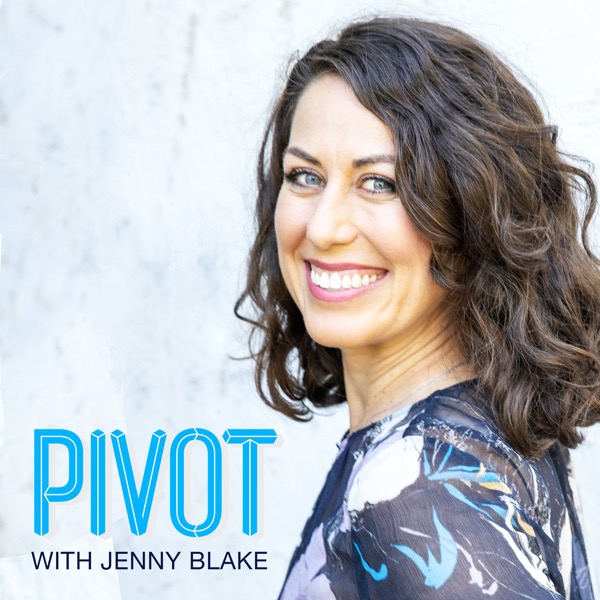323: Pivoting into a Professorship with Alex Budak
Pivot with Jenny Blake - A podcast by Jenny Blake

Categories:
Have you ever considered teaching for a university? Even if you don’t take the path of Ph.D. student pursuing a tenure-track position, you can land adjunct roles after reaching a certain point in your professional career. Today’s guest Alex Budak—who happens to be someone I went to high school and college with (and someone who gave me hope that I could succeed in the earliest days of self-employment!)—is taking us behind-the-scenes of pivoting into a professorship. Alex shares how he got his foot in the door at UC Berkeley; going from googling “how to write a syllabus” to improving and curating his curriculum; how much time teaching requires; his process for revising materials after class based on how they land among students; and most of all, the “magic alchemy” rewards of teaching in a university setting even when the pay is lower than other opportunities. More About Alex: Alex Budak is a UC Berkeley faculty member, social entrepreneur, author, and speaker. At UC Berkeley, Alex teaches his wildly-popular course “Becoming a Changemaker,” directs the Berkeley Haas Global Access Program, and teaches in Berkeley Executive Education programs. Alex co-founded StartSomeGood in 2011, which has helped over 1,200 changemakers in over 50 countries raise millions of dollars to launch and scale new change initiatives. His book, Becoming a Changemaker: An Actionable, Inclusive Guide to Leading Positive Change at Any Level, has been endorsed by Nobel Prize winners, Olympic athletes, and most meaningful of all—his students. He is a graduate of UCLA and Georgetown University. 🌟 3 Key Takeaways The academic flywheel, as described by professor Morten Hansen at UC Berkeley: Teach a class, refine that material into a book, share it with a variety of audiences, collect new case studies, then repeat those steps so that each builds upon the one before it, improving the content that follows. Teaching can be all-consuming at the beginning, but it does get easier and smooth out over time, especially as you get specific feedback from each round of students. “One person teaches, two people learn.” The magic and serendipity of teaching is that every single class is different, due to the alchemy of who is in the room. Teaching can help you stay connected to younger generations, and stretch you to keep your thinking fresh. ✅ Try This Next: Write a list of three classes you’d be excited to teach—don’t be afraid to dream! Ignore the constraints of disciplines and what currently exists, just capture titles and a description of what at least one course could look like. Bonus: consider running it as a 45- to 90-minute virtual workshop to pilot the material. 🔗 Resources Mentioned Alex on the web, Twitter, LinkedIn Articles: NYT Magazine’s Interview with Laurie Santos, Inc—The Way We Count Our Time At Work Isn't Working: Instead of a 40-plus hour-per-week sprint, think of it as a relay race. People: Seth Godin, Allison Kluger, Morten Hansen, Jim Collins Jenny’s Pivot in the Classroom: Sample syllabi and case studies 📚 Books Mentioned Becoming a Changemaker: An Actionable, Inclusive Guide to Leading Positive Change at Any Level Mindset: The New Psychology of Success by Carol Dweck Multipliers, Revised and Updated: How the Best Leaders Make Everyone Smart by Liz Weisman The Power of Moments: Why Certain Experiences Have Extraordinary Impact by the Heath Brothers Different: Escaping the Competitive Herd by Youngme Moon Free Time: Lose the Busywork, Love Your Business Pivot: The Only Move That Matters Is Your Next One Life After College 🎧 Related Episodes Podcast: The Happiness Lab with Dr. Laurie Santos 324: Six Golden Shadows of the Imposter Complex with Tanya Geisler 251: Listener Q&A on (Furry) Imposter Monsters 310: When the Career Grass Really is Greener — On Job Crafting with Rebecca Fraser-Thill Learn more about your ad choices. Visit megaphone.fm/adchoices
